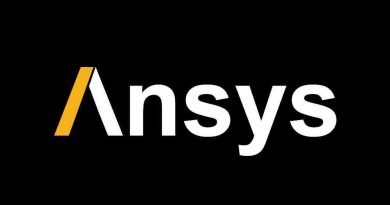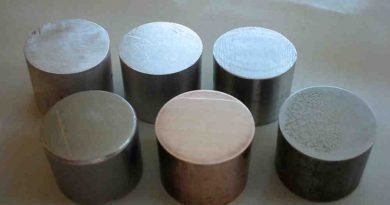Electrical Discharge Machining (EDM) – Working Principle, Applications, Advantages, Disadvantages
Electrical discharge machining is also called as spark erosion or metal sparking machining it is a non-traditional machining process which can be based on erosion.
Electrical discharge machining or Electro discharge (EDM) machining is an electrothermal non-traditional machining process, where electrical energy used for generated spark and material for erosion.
EDM is used to machine difficult to machining material.
Working Principle of Electrical Discharge Machining (EDM):
Electrical discharge machining works on the principle of metal removal by the combination of electrical and thermal energy. The electrical energy is utilized to create electric spark and heat is produced by erosion of metal.

Figure shows the working principle of electrical discharge machining.
In electro discharge machining, there is no physical contact between tool and workpiece. It is a non-traditional machining process. In this, the tool electrode is connected to the -ve terminal of the DC power supply and workpiece is connected to the +ve terminal of the DC power supply. So, tool acts as a cathode and workpiece acts as an anode.
There is a spark gap between the tool and workpiece is about 0.05 to 0.25 mm. In the flow of dielectric fluid. The dielectric fluid is works as an insulator and as a conductor. When the DC power supply, the tool electrode generated at the spark and due to this the spark hoes to the workpiece by dielectric fluid and machining is done.
Set-up Of EDM:
The setup and working of EDM as consist as follows,
- Tool setup electrode and workpiece.
- Dielectric fluid.
- Electric spark generator.
- Servo system.
Applications of EDM:
- It is used for manufacturing of tool having complicated profile.
- It is used for machining of forging, blanking, extrusion, etc.
- It is used for making of stamping dies.
- It is used for drilling of micro holes, deep holes.
- It is used for machining of hydraulic valve spool.
- It is used for internal threads and internal helical gears.
Advantages of EDM:
- There is no physical contact between tool and work piece.
- Comparable MRR.
- It gives complex surface finish.
- They required less machining time.
- There is less operating skill is required.
Disadvantages of EDM:
- The main disadvantages are various tool are required for various workpiece.
- High energy is required.
- Storage of tool electrode is required.
- High cost and maintenance cost are required.
- High tool wear rate.
Dielectric Fluid:
Dielectric fluid is used to fill the gap between tool and workpiece. It is stored in a tank and circulated through the high-pressure pump.
Most commonly dielectric fluid is used as kerosene, paraffin oil, transformal oil, hydrocarbon-based oil.
Kerosene are most suitable dielectric fluid to give more accuracy and surface finish.
Functions of Dielectric Fluid:
- It helps to initiate discharge by serving as a conducting medium.
- It conveys the spark.
- It acts as a coolant.
- It maintains the charge value of condenser voltage.
Are the functions of dielectric fluid.
Characteristics / Requirements of Dielectric Fluid:
- It has high dielectric strength.
- It has rapid deionization.
- It should have high flash point.
- It should be easily available.
- It should be economical.
- It should be non-toxic material.
Are the characteristics and requirements of dielectric fluids.
Tool Electrodes:
The tool electrode is connected to the negative terminal of the battery which acts as a cathode.
There is a softer material is used for tool electrode such as cooper, brass and other alloys are used for tool.
Tool Electrode Characteristics:
- It should be good conductor of electricity.
- It should be good conductor of heat.
- It should be easily available.
- It should resist deformation.
- It should low wear rate.
- It should be available in variety of shapes.
Are the characteristics of tool electrode.
Controlling Parameter EDM:
The controlling parameters of the EDM are as follow:
- Spark Gap: There is a spark gap between the tool and workpiece. The gap is 0.0125 to 0.125mm.
- Current: The DC supply is flowing through it and it is 0.5 to 400 amperes.
- Voltage: The DC supply voltage flowing through it and its are 40 to 300 volts.
- Pulse Duration: The pulse duration in between 20 to 2000.
- Dielectric Pressure: The dielectric pressure is less than 0.2 MPa.
- Comparable MRR.
Output Characteristics of EDM:
- Accuracy.
- Material removal rate.
- Tool wear.
- Surface finish.





